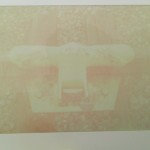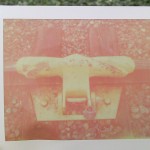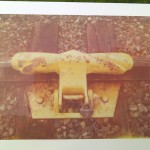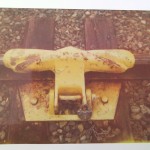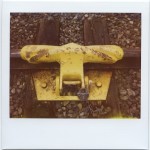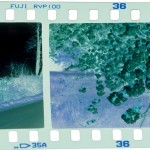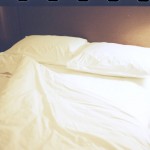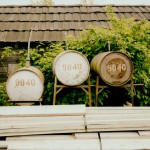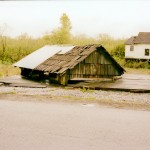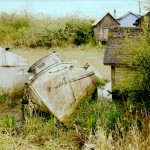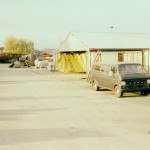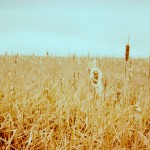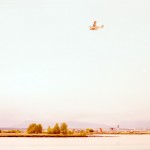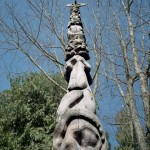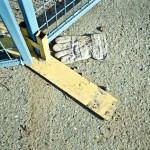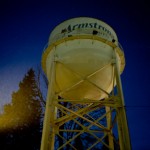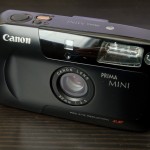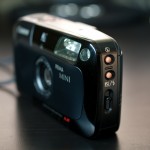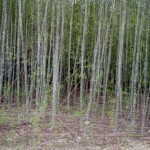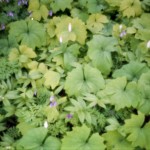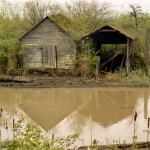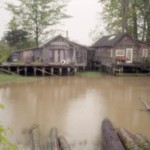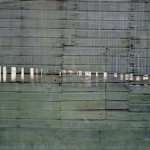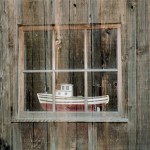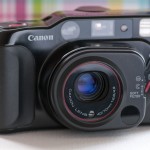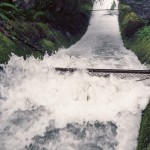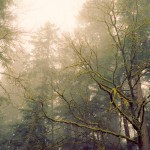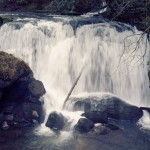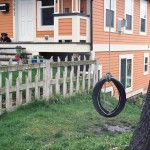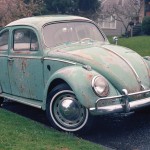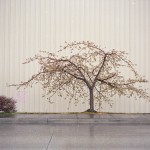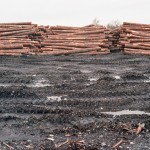Jun
3
2012
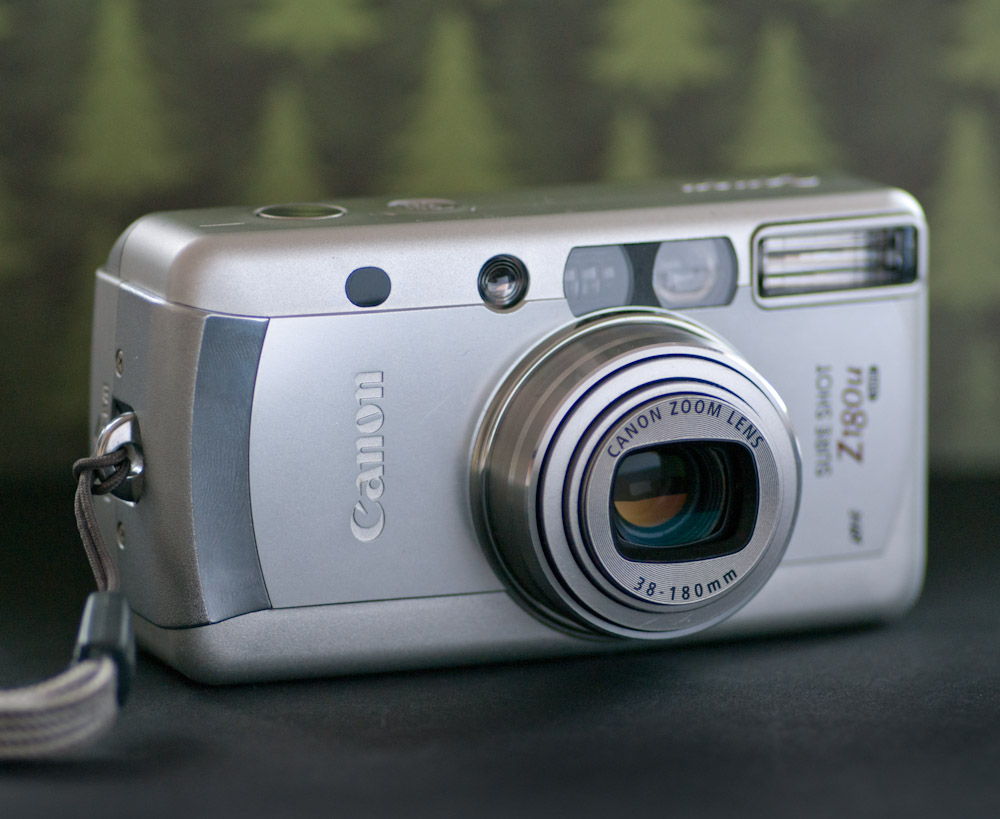
The Canon z180u is an interesting camera for the particular reason that it came out at the end of 2004 a time when it was already apparent that digital cameras were not just the future but the now. This is the same year that I bought my Sony DSC-V3 advanced digital compact, in this case ironically over the Canon G6. So as the top model of the range and nearly the last new film camera it contains many technologically advanced features. Some of these include three point auto focus, an CMOS exposure sensor, two aspherical lens elements and a focus assist lamp. What I like though is something that doesn’t even show up in the specifications, it is extremely quiet. The shutter is quiet the focus is quiet and even the film advance is quiet. In addition when you turn the camera off and on it remembers the last settings, this is important to me as I like to have the flash disabled most of the time.

The lens is a serious compromise though. To be as compact as it is and still provide a 38-180 zoom it is slow as in f5.6 at 38mm and f12.9 at 180mm that’s too bad because it’s an other wise great point and shoot. But just as there has been a mega-pixel race there was a zoom race too and this is the trade off.

no comments | tags: camera, film, P&S | posted in Cameras, Photography, Uncategorized
May
31
2012
When I took this polaroid yesterday I also took some cell phone pictures as it developed. For me it’s as close as I get now to watching an image form on a peice of photo paper under red light.

no comments | tags: film, Photography, polaroid | posted in Photography
May
27
2012
Or should I say cross possessed? The film base and all the images took on a sickly green cast after being processed in C41 chemicals. That’s somewhat OK as despite it being positive film the processing results in a negative. When the colour is inverted it results in a strong red hue. I found that I got the best results with these “negatives” by scanning them as slides and then batch inverting and processing them in Photoshop. So really what you see is a combination of the cross processing and my choice of how to handle them digitally afterwards.

I should mention that these were all shot with my Yashica Electro GX a fine camera I must say.
1 comment | tags: Cross process, film, Xpro | posted in Photography, Processing
May
22
2012
I received a message from the local camera store Lens and Shutter that there was developed film ready for me to pick up. That’s good because I did have a vague notion that I had film out for developing. The thing was I couldn’t remember where I had taken it and with what camera so I was doubly surprised when I got there and was informed that not only was there one roll of film but two. I’m hoping that when I look at the scanned images it will jog my memory but they did have a good suggestion for me to take a picture of the camera in a mirror next time.
I can tell that one was shot with a fixed focal length lens and the other a zoom. Ahhhhh, the Ricoh FF3, now I just need to figure out the other one.
Meanwhile……..first roll scanned and it wasn’t until I actually laid eyes on the Konica Lexio 70 on my shelf that I remembered it was the second camera and roll. Good I’m glad that’s over, it was like hearing a song that you just couldn’t remember the title to. I will post about these cameras soon because they aren’t as forgettable as it seems.
no comments | tags: film | posted in Cameras, Photography
May
19
2012
In my ongoing persuit of small film cameras with wide angle lenses I’ve found another, the Canon Prima Mini. While slightly larger than the Pentax UC-1 it too has a 32mm f3.5 lens, but is it up to the task of replacing the Pentax?
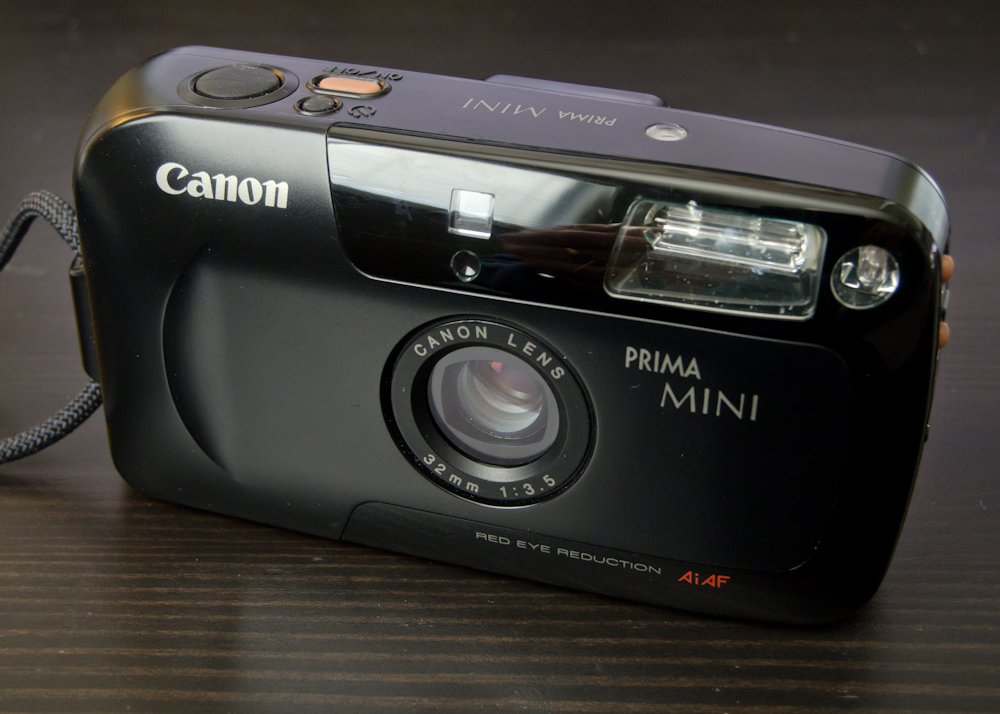
While the various shooting modes of the Pentax UC-1 can be selected prior to taking a picture the limited control of the Canon must be done during the exposure. And that control is limited to overriding the automatic control of the flash either on or off by holding down one of the two flash buttons on the side of the camera. These buttons take a fair amount of sideways pressure which isn’t a great idea for holding things steady, besides the fact that there is no feedback from the camera as to the effect they will have. The flash on button covers both fill, slow speed sync and red eye reduction delay override, depending on the situation but you won’t know that only the camera knows and it’s not telling.
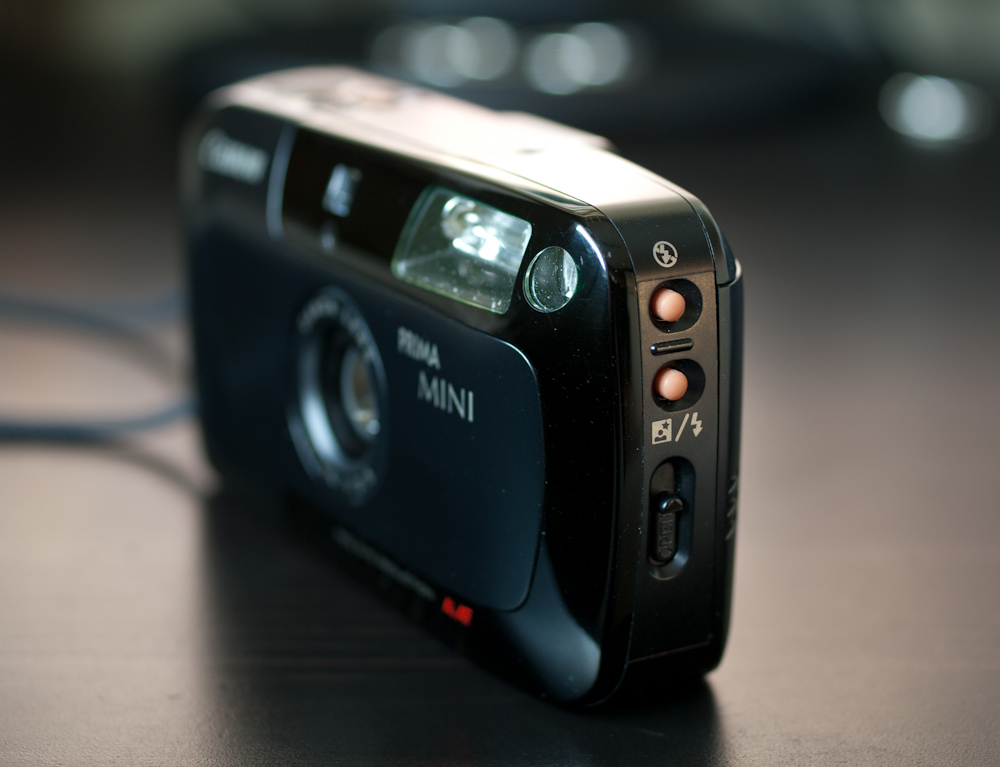
Canon gives a specification for the lens of being 3 elements in 3 groups which to me sounds not so groupish and more 3 elmentish. That’s a pretty simple lens but most distortion can be corrected with those three elements.
So you can probably tell from the tone of my writing that I haven’t declared this camera to be the successor to my Pentax UC-1 and you would be right. It did do a decent job and does have that 32mm focal length lens but it’s lack of control really limit it’s use to snap shottery.
Here are some of the images from this camera, having found out though that this camera also came in white I am sure that would be a better performing and I must seek it out (not really but I’d rather have it in white).
1 comment | tags: camera, Canon, film | posted in Cameras, Photography
May
17
2012
The Canon Sure Shot Tele of 1986 was an attempt by Canon to make a fun camera. And by fun I mean the ability to do multiple exposures and have a built in soft focus filter, what merriment. OK that is more than just take pictures so they should be retro-plauded (Yes I just made that up, the fun is contagious). When I think of soft focus filters I immediately think of the 1980’s so I suppose Canon was right on the money with this one.

The camera has an interesting lens, primarily a 40mm f2.8 and rather than an actual zoom the tele function is a secondary element group that swings into place internally to provide a 70mm f4.9 arrangement. When this happens the front of the camera extends in a manner more reminiscent of a travel trailer room expansion than a camera lens zooming (It’s also slightly noisier). The multiple exposure is implemented by pressing the ME button beside the lens while half pressing the shutter, now when you take the picture the film will not advance. You can repeat this procedure to get multiple multiple exposures and then when you fire the shutter without pressing the ME button the film will advance after that exposure. Did you get that, fun yes?
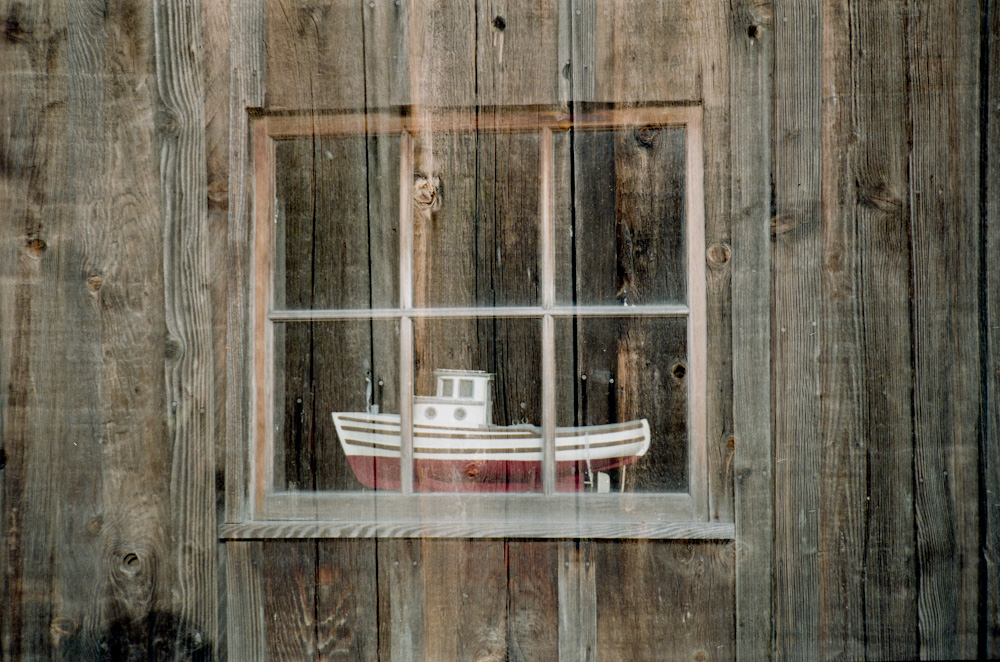
Two image multiple exposure
Now for the coup de grâce, the soft focus filter. This requires even more dexterity as you need to fully deploy the filter against the spring who’s sole job is to swing it back on you. Once you have fought the filter into place you are ready to permanently obscure your subject, in that 80’s glow. The camera also has back-light compensation and manual flash override and the images are OK but with quite a bit of vignetting. It’s also very noisy in all aspects, noisy like hey look out your about to be hit by a travel trailer! However if soft focus filters and multiple exposures are your idea of fun then this camera is for you and your big hair.

Soft Focus filter
no comments | tags: camera, Canon, film | posted in Cameras, Photography
May
13
2012

The Sillette Record is now almost 50 years old so it somewhat amazes to me that the selenium meter works as well as it does. I kept comparing it’s measurements against my Nikon P7000 and it came to a point where I felt I could just trust the meter in this camera and dispense with the double check. The meter itself has no effect on the shutter speed or aperture but by centering the needle either on the top plate window or through the nice viewfinder display you will have a correct exposure.


The focus though is of the zone variety which requires too much thinking I think. Zone focusing works to a degree when you use smaller apertures that give enough depth of field to hide errors in your ability to guess distances but when you use large apertures such as the cameras maximum f2.8 it is unforgiving. Of course you can select distances other than the preset icon distances but it requires turning the camera over to look at the scale on the bottom of the lens, not a quick way to focus and this still relies on your ability to guess the actual distance. The location of the shutter release is also unusual as it is on the side of the lens which forces a different grip compared to the more traditional top right location.

The lens is not that great when shooting wide open but is adequate when stopped down to about f5.6. The out of focus areas in images are rendered quite busily so I think this cameras greatest asset is its utilitarian design, I do like the way it looks. One final point is the film mask has rounded corners as you can see in this scan it’s one more thing that makes shooting with a camera like this so unique.

no comments | tags: Agfa, camera, film | posted in Cameras, Photography
May
11
2012
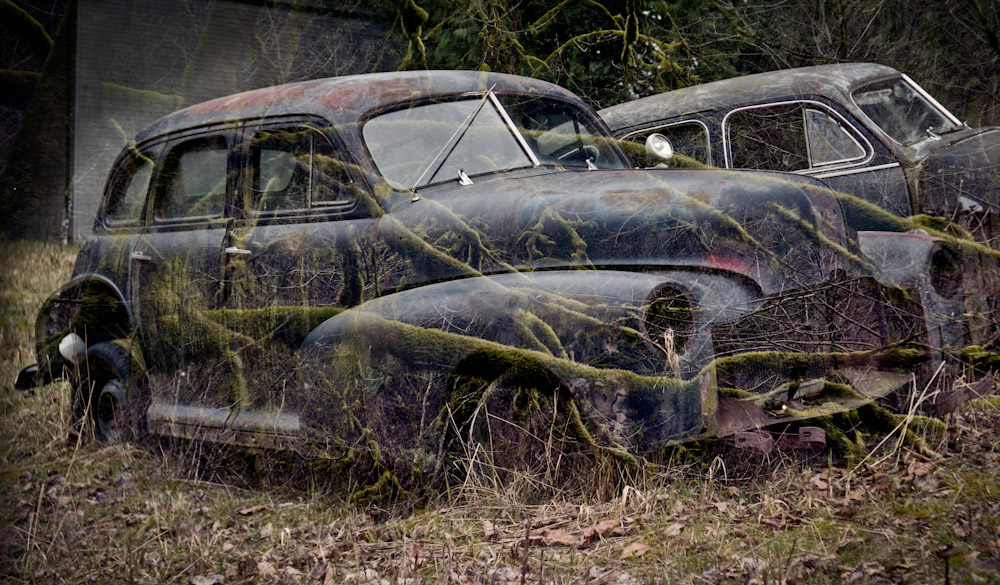
Just as I seem to be able to cause light leaks through mind power, I’m also able to cause double exposures. This picture was taken with my Wester Autorol and even though it has a frame advance that “should” prevent double exposure it was no match for my powers. OK what likely happened is that I forgot whether I had advanced the film or not and cocked the shutter again and the mechanism that is supposed to prevent the double exposure is simply over riden by knocking the small lever at the back which could happen in my camera bag or by me thinking I had already advanced the film. Two frames wasted, or not, as I sort of like the effect that happened on the body of the car. Other images didn’t pan out quite as I had hoped either one has some camera shake despite my use of a support, I blame that one on the security guard shouting at me (that’s loudly yelling not shooting). Several others overlap at the edges but there are also images that did turn out thankfully and I am quite pleased with them.
I should also mention that when I use cameras like this I don’t mind the errors and accidents as I’m having fun, which is when photography is the best, oh and I most often have a digital camera with me too.
While I’m on the subject of double exposures I need to try out the Canon Sure Shot Tele from 1986 which actually has a provision for purposefully doing them. It also has a built in soft focus filter, oh man I can just see the acid wash jeans and big hair already.
2 comments | tags: exposure, film | posted in Cameras, Photography
May
5
2012
There is no doubt that digital photography has killed film for the majority of people, making it really a niche for those wanting to do something different from the pack or create a certain look. There are areas that digital technology needs to improve though. Many people right now seem to be focused on the ability to capture images without noise in low light and manufacturers are obliging us by placing a lot of their engineering towards that. For me personally I wish they would more directly address dynamic range instead of as a side effect of this noiseless pursuit. What I mean is that with the chemical process of film it behaves differently around highlights and shadows. Specifically film allows you to expose a scene with dark shadows and highlights without clipping the highlights into just pure white. This happens because of films non linear response to exposure.

The image here is a comparison of a film capture with Ektar 100 and my Pentax K-7. What you can’t see is the fact that I needed to under expose the digital capture to preserve the highlights and then adjust the image post capture to try and brighten it overall, none of this was necessary with the film. While I recognize that the sensor on my K-7 has a dynamic range of around 11 stops and newer models have improved on this they still behave in a linear way and clip highlights while the film trails off it’s response still recording detail far furthur into over exposure.
2 comments | tags: Digital, film, Photography | posted in Photography, Processing
Apr
24
2012
Here are some of the recent images taken with the Yashica Electro 35 GT and Kodak Ektar 100. For more information about the camera you can see these posts October 2010 and the more detailed April 2012 Yashica Electro 35GT
2 comments | tags: film, Photography, Yashica | posted in Cameras, Photography












